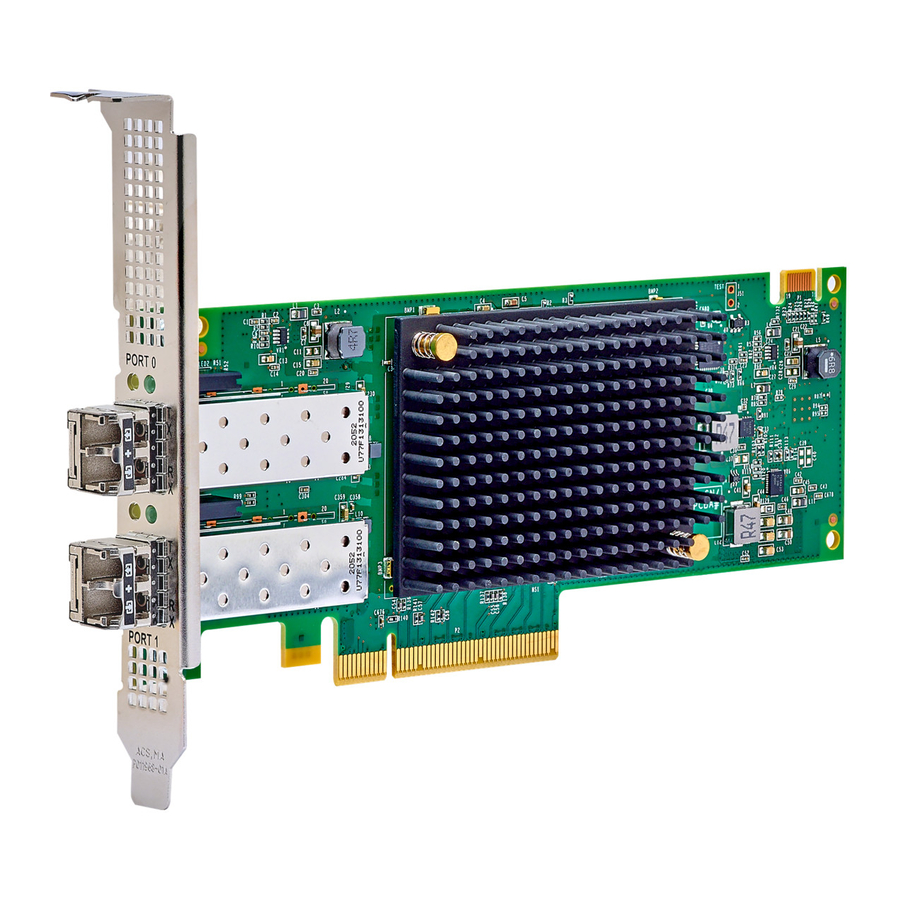
Emulex Fibre Channel Manuals
Manuals and User Guides for Emulex Fibre Channel. We have 1 Emulex Fibre Channel manual available for free PDF download: User Manual
Emulex Fibre Channel User Manual (119 pages)
Brand: Emulex
|
Category: Controller
|
Size: 3 MB
Table of Contents
Advertisement
Advertisement
